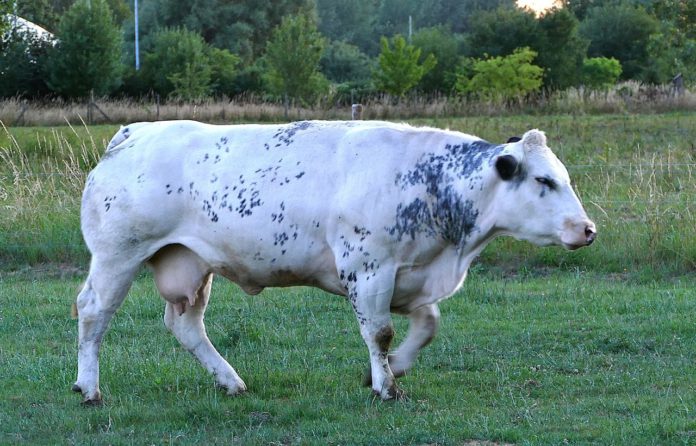Reproductive targets for suckler farmers
According to Professor David Kenny, Teagasc Grange, there are several key reproductive targets that suckler farmers should aim to achieve.
During a Teagasc Mayo webinar on suckler breeding, he highlighted seven key targets, including achieving a 365-day calving interval, that farmers should focus on.
Kenny, Head of Animal & Bioscience Department at Teagasc, Animal and Grassland Research and Innovation Centre, Grange, Co Meath, told farmers:
“Essentially, the suckler cow has only one job in life: producing a good quality calf every year and rear that calf.”
“Every day she goes beyond a 12-month calving interval, she is costing you money. You should note this from a financial and economic sustainability perspective.”
Culling, compact calving and replacement rates
A second target is to cull <5% of cows annually as barren and have more than 95% of cows calving to weaning a calf.
He advises that farmers should strive for a compact calving period, with a target of calving 80% of cows in 42 days. Kenny acknowledged that while this is an “ambitious” target, “a lot of the better operators” are achieving this.
He listed labour benefits and having a uniform group of weanlings for sale as some advantages.
He advises that replacement rates should be in the region of 16-18% annually, with cows having five/six lactations.
24-month-old calving
Kenny stated that calving heifers at 24-months is another target, particularly where farmers are rearing their own replacement females.
“Again, every day, week, or month, that she goes beyond that, she is costing money and is unproductive,” he told farmers.
“They should ideally calf early in the calving season, as opposed to the end. They will take longer to come back into heat again.”
“Give them that little bit extra latitude or time. Calf them as early as possible and towards the start of the calving season.”
Firstly, he advised farmers to have heifers “well-grown” at 12-13-months of age and stated that early nutritional intervention is “most effective”.
He highlighted the importance of restricting breeding to the first six weeks of the season and the use of easy-calving sires.
AI
Furthermore, Kenny concluded by revealing that he believes “there is a role for the strategic use of AI in every suckler herd”.
Other articles:
We recently published articles on sires from Dovea Genetics and Progressive Genetics:





